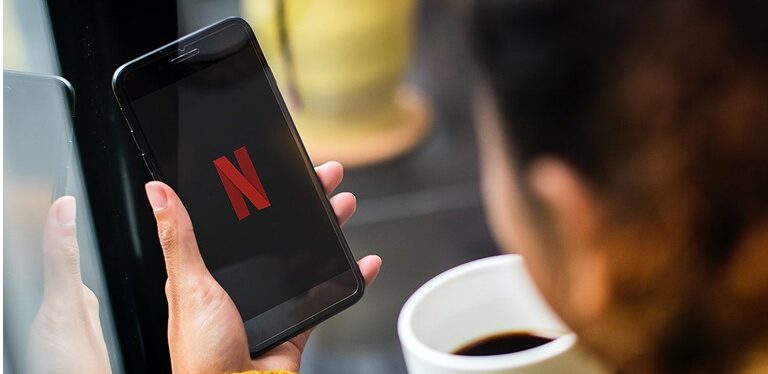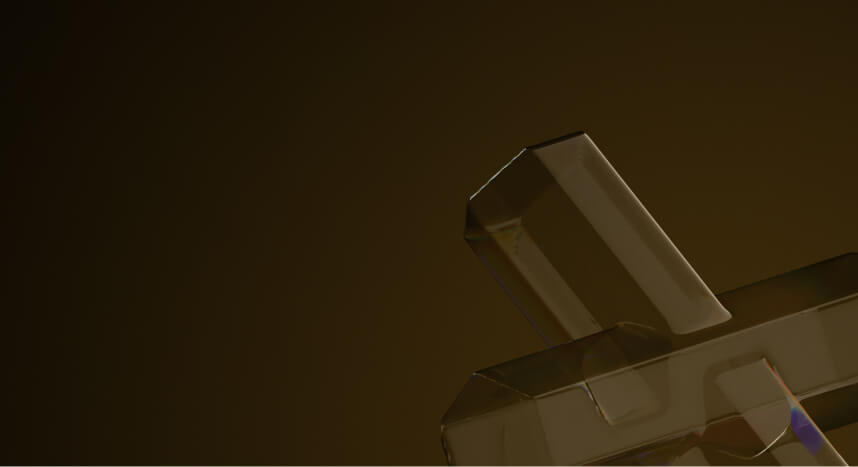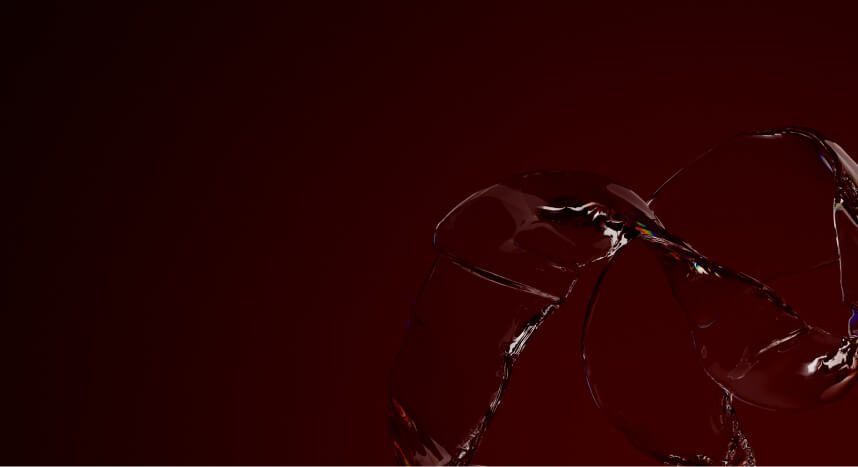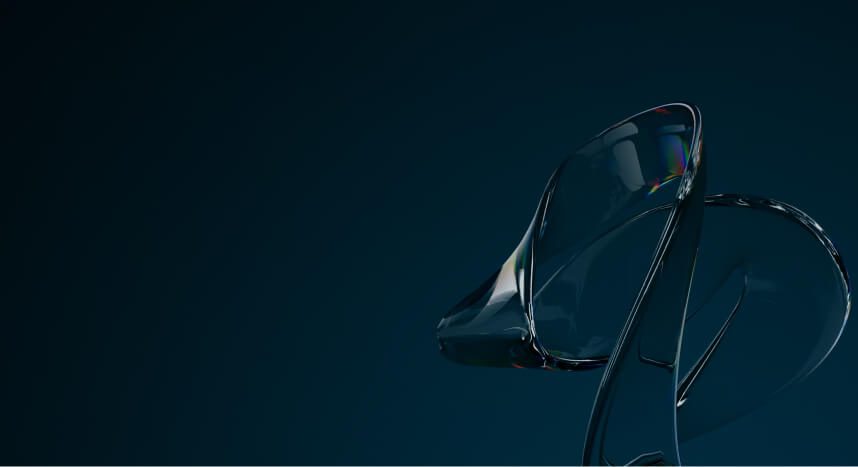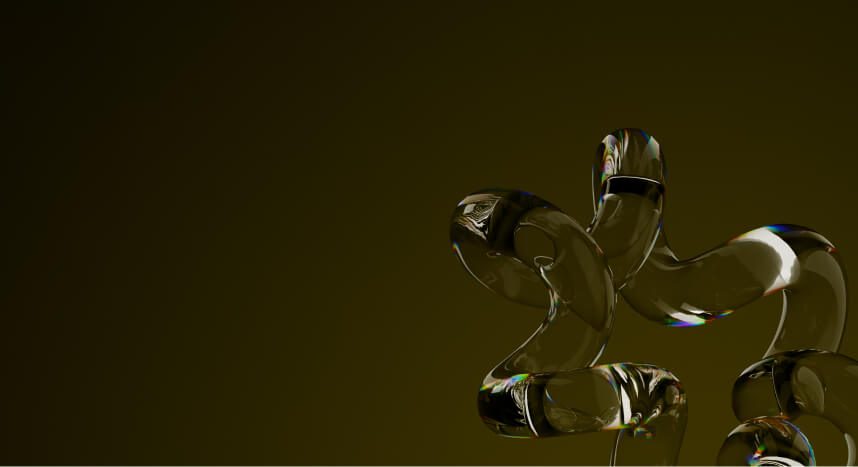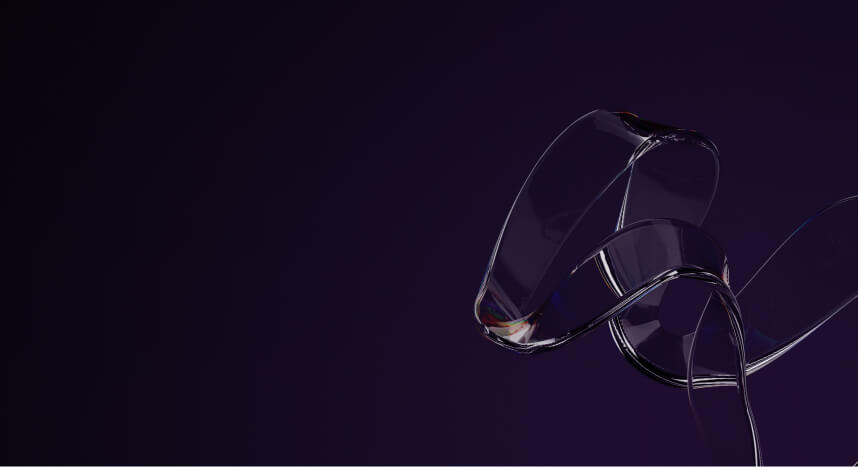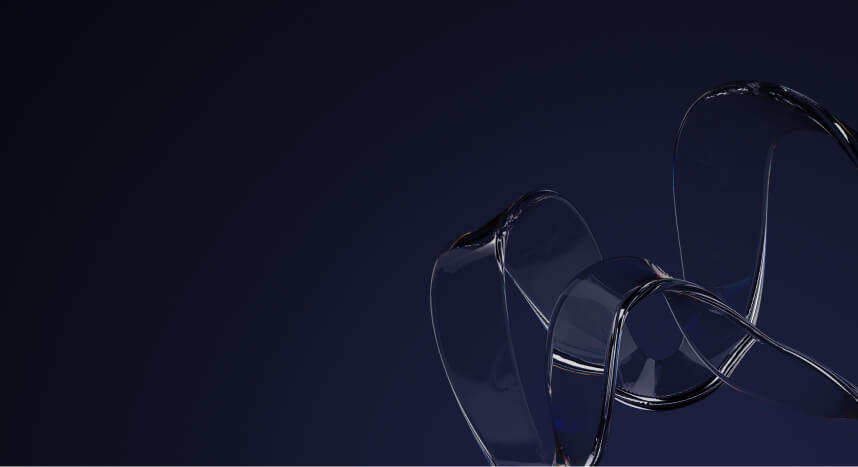The most addictive content lives in the quietest UX and Netflix knows it better. It continues to lead the streaming ecosystem, with over 740 million users worldwide as of 2025. However, it’s not just the content that keeps people coming back. It’s the design.
Behind the autoplay, recommendations, and sleek tiles is a carefully engineered binge-watching UX design strategy powered by behavioral psychology, user testing, and system-level thinking.
Netflix? Pardon me, but I believe that’s the official language of our couch-bound era
At Fleekbiz, we study platforms like Netflix not to replicate them but to understand the architecture behind digital habit-building.
Let’s break it down.
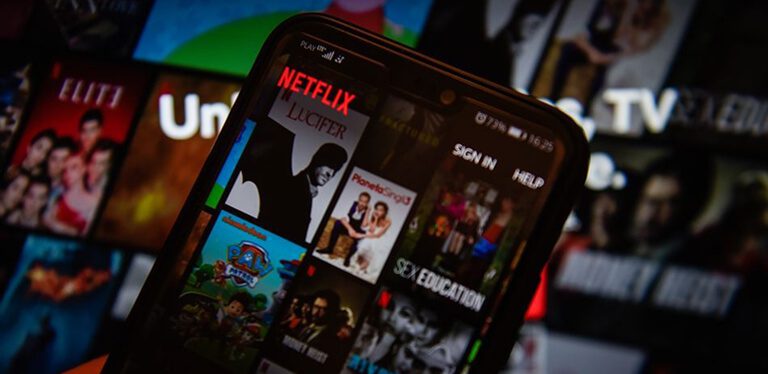
Understanding Netflix’s UI & UX Philosophy
Netflix’s user interface and user experience design are built to reduce friction and increase time-on-platform. Its success serves as a blueprint for best practices in streaming UX.
Netflix didn’t kill TV. It redesigned it.
Users now expect simple, personalized home screens and vertical scrolls that mimic endless feeds. This is complemented by large thumbnails with minimal text for quick consumption, all while ensuring seamless cross-device continuity for an uninterrupted experience.
Netflix’s UI strategy is built on one principle: don’t make the user think. Make them feel like they’re already watching.
This aligns with our approach to brand experience design consulting, which encompasses strategy, clarity, and execution, and must be present in every interaction.
As Reed Hastings once said, “Be big, fast, and simple.”
That principle is baked into every element of Netflix’s design, from frictionless navigation to psychological reinforcement.
Netflix doesn’t just show you something to watch. It removes everything that gets in the way of watching.
“Most entrepreneurial ideas will sound crazy, stupid, and uneconomic, and then they’ll turn out to be right.”
– Reed Hastings
Co-founder and former CEO of Netflix
How Netflix Drives Binge Behavior
The design is subtle but powerful. Here’s what powers the binge:
- Autoplay that removes the need for decisions.
- Infinite scroll that keeps recommendations flowing.
A layout that guides attention from one dopamine hit to the next.
This is binge-watching UX design at its most refined. There’s no moment to pause and reconsider. The system moves faster than the user’s hesitation.
Your Next Watch? Netflix Already Decided
Netflix’s AI engine accounts for over 80% of all streamed content. It monitors behavior: what you skip, finish, pause, or binge and uses that data to power content recommendation design that feels intuitive, not pushy.
“Netflix turned design into dopamine”
This personalization strategy reflects core principles of:
- Autoplay user experience
- UX design for binge-watching
- Behavioral data loop optimization
At Fleekbiz, we integrate similar patterns into brand systems to guide users from first click to long-term engagement.
“Great storytelling will always rise above algorithms.”
Ted Sarandos, Co-CEO of Netflix (as of 2025)
Sensory Design Are More Than Just Screens
Netflix doesn’t just rely on features. It uses sensory psychology.
Engagement is heightened through playful animations when content loads, subtle sound cues that reinforce progress, and immersive full-screen visual takeovers that stop distractions.
You know what, adding interactive storytelling experiences like Bandersnatch or Kaleidoscope, and Netflix blurs the line between viewer and participant.
Netflix’s Bandersnatch is an interactive film driven by viewer choices. Kaleidoscope, a heist series, offers non-linear viewing where episodes can be watched in any order, except for the “White” finale.
This is interactive storytelling Netflix-style, and it’s now a benchmark in digital brand experience optimization.
Motivating Users with Simple Rewards
Netflix uses behavioral design systems to reward micro-actions from the “Continue Watching” bar to the “Because You Watched” rows. The completion, recommendation, or streak of each episode feeds into our inherent motivation.
Users experience a sense of achievement through progress tracking, gain personal satisfaction from relevant picks, and feel a sense of cognitive closure upon finishing a series.
It’s habit-forming and it’s entirely by design.
We deliver the programme to you in a way you want to watch it.
Ted Sarandos, Co-CEO of Netflix (as of 2025)
Lessons for Brands Outside Streaming
What can brands in SaaS, eCommerce, or even EdTech learn? They can do alot!!! They can utilize smart defaults, such as remembered preferences and autofill states to enhance the user experience. They can create your UX design for personalized recommendations. They can reinforce progress with visual or functional feedback and always focus on clarity and continuity across the entire experience.
These are differentiation tactics for brand positioning. These are ways to make your brand stand out. They work for any business that needs attention.
Did Video Killed The Radio Star? Nah, Nah
At Fleekbiz, we integrate these into every engagement, whether we’re building a product from scratch or executing corporate branding services for growth-stage brands.
Netflix doesn’t just create products; it shapes behavior.
Netflix doesn’t just recommend movies. It reconstructs the viewer’s journey from VHS loyalty to algorithmic immersion.
Netflix has proven that great UX isn’t just about looking good. It’s about feeling intuitive, immersive, and invisible.
That’s the future of all digital platforms. And that’s what we engineer at Fleekbiz: systems that drive trust, habits, and growth.

